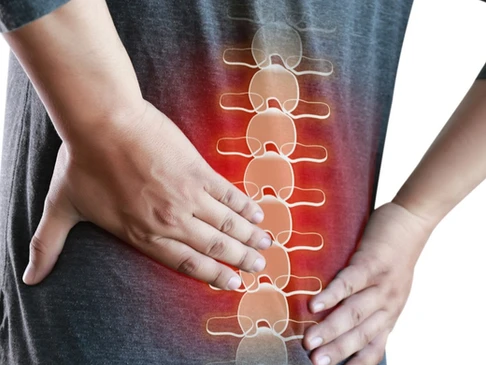A deeper look into pain relief: Radial Nerve Flossing
Sometimes, pain in the arm, shoulder, forearm or hand can be a nuisance at best. As we have been discussing here the past couple of weeks, sometimes pain in the shoulder and arms can be downright debilitating! Pain caused by nerves can not only be extremely difficult do deal with, but also spill into other parts of our daily lives: mood changes, loss of sleep and appetite, and a reduction of physical activity. Previously, we discussed the median nerve, where it travels, how it gets compressed, and how we might treatment it. This week, we explore the radial nerve.
Details: Radial Nerve: location of nerve and points of entrapment
Radial Nerve Entrapment:

Like the median nerve, the radial nerve emerges from the brachial plexus. It branches off into its own nerve around the shoulder and wraps around to the back of the arm, at the location of the triceps muscle. In the image above, you will see, as the nerve travels toward the back of the wrist, it has two clear locations for entrapment:
1) Upper elbow (Radial Tunnel Syndrome): For the upper elbow, we are looking at both the supinator muscle and the bundle of muscles that extend your wrist. Where your arm bone and radius bone meet, there is a joint called the radio-capitellar joint. The tissue of this joint is another location of potential radial nerve entrapment.
2) Lower Elbow and Forearm (Wartenber’s Syndrome): Along your forearm as you travel up from your thumb, you will feel a larger forearm muscle called the brachioradialis muscle. Since the radial nerve penetrates this muscle near the elbow and travels along the edge of this muscle into the back of the wrist, this muscle is a primary culprit in radial nerve entrapment.
What can I do to fix radial nerve pain?
Great question! All this week on our Instagram page @bodyhealtherapy
, we will be demonstrating exercises and interventions to do just that! There are multiple interventions that can help alleviate the pain associated with radial nerve issues, such as:
1- Nerve Flossing
2- Joint M=mobilizations
3- Isolated Stretching
As always, if these don’t work, our therapists are equipped with clinical massage and bodywork therapy techniques, such as pin and stretching, myofascial release, and manual flossing to help ease the nerve from tension. You don’t have to live with nerve pain! We look forward to serving you.




